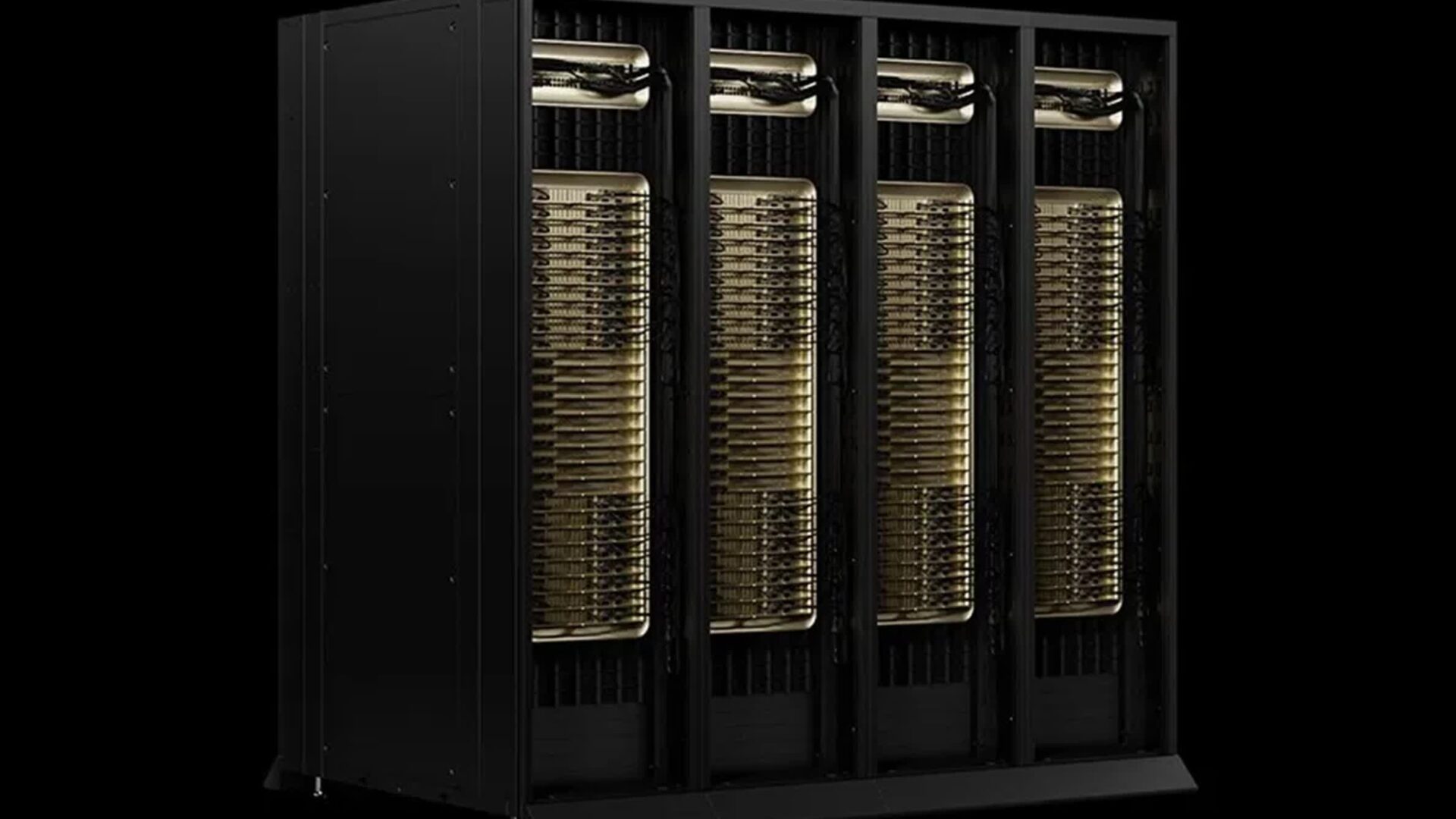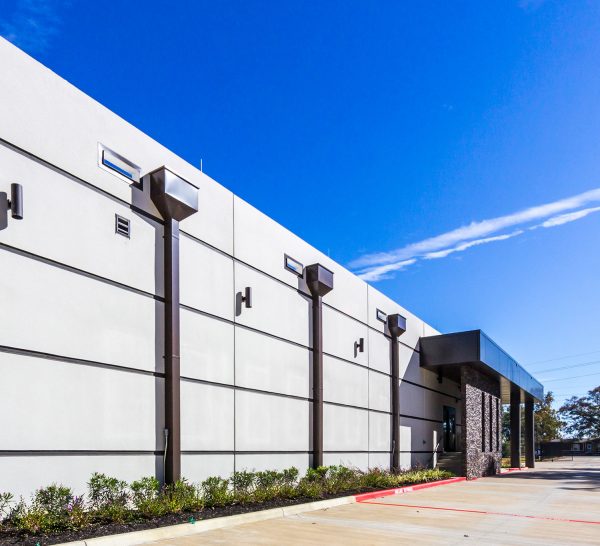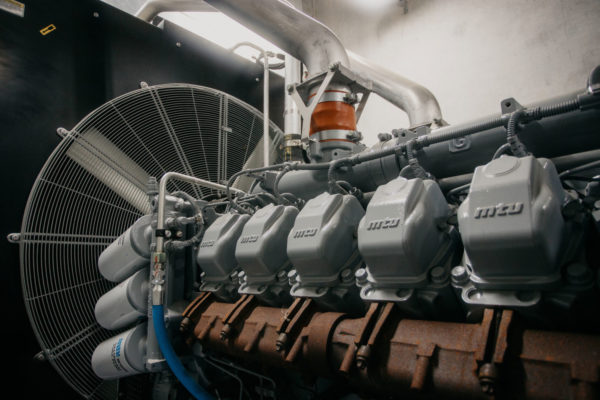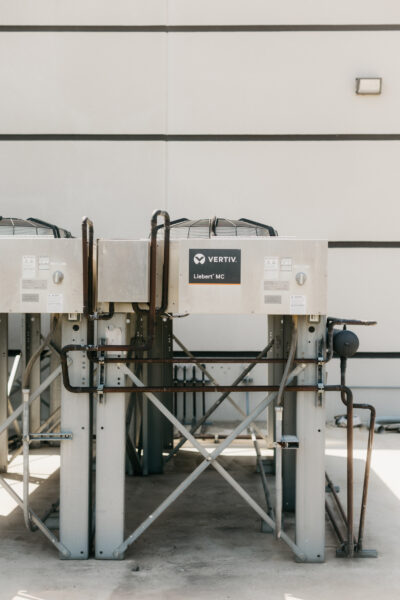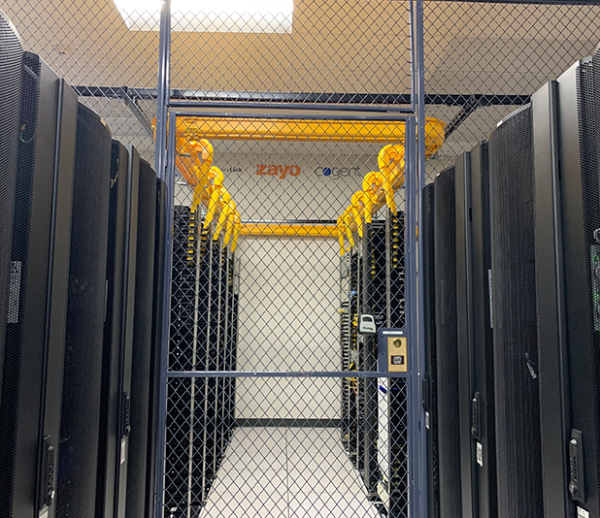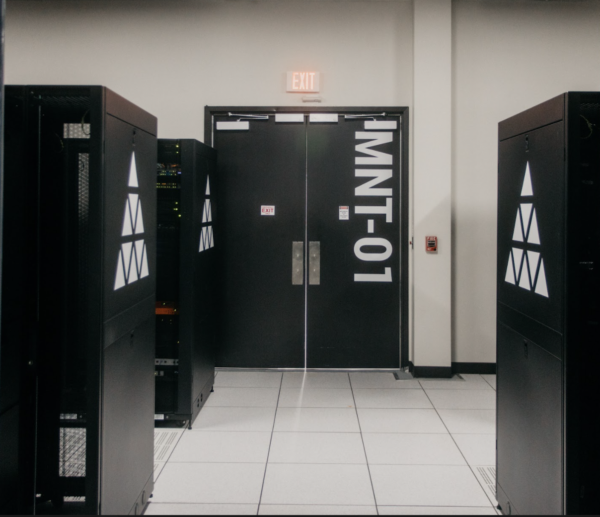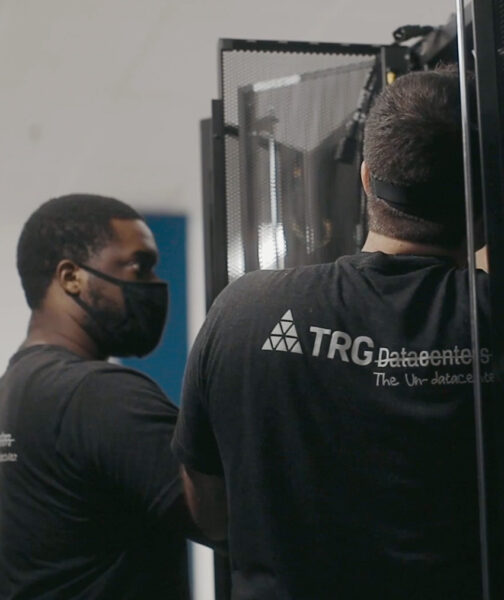NVIDIA’s Blackwell launch was already big news. Then they dropped the Blackwell Ultra B300. Now you’re left wondering: Should you buy the original Blackwell, or wait for the Ultra? Is it just hype, or is there a real difference?
If you’re a company investing in high-performance computing, AI training, or massive inference workloads, these decisions matter. The difference between “good enough” and “game-changing” can cost or save millions over time. Let’s break it down.
What Blackwell B200 Brought to the Table
The original Blackwell B200 was a follow-up to the Hopper H100. With the B200, NVIDIA doubled down on AI and data center workloads. The chip had 208 billion transistors and used the latest NVLink 5.0 for faster interconnect speeds. It also improved performance for FP8 and Transformer Engine workloads—critical for AI inference and training.
It wasn’t just faster—it was more efficient. Using TSMC’s 4NP process, the B200 gave a significant bump in performance per watt. It handled up to 192GB of HBM3e memory and could deliver up to 8 PetaFLOPS of FP4 compute. For a while, it looked like the obvious choice for any organization scaling up AI.
But NVIDIA wasn’t done.
Then Came the Blackwell Ultra B300
On March 18, 2025, NVIDIA announced the B300. Branded as the “Ultra” version of Blackwell, it didn’t just raise the bar—it moved it entirely.
This chip is fast. Nearly 1.5x faster than the B200 in many key workloads. That includes dense FP4 compute, where it reaches 15 PetaFLOPS. It also adds more memory, with up to 288GB of HBM3e across six stacks, and more bandwidth—about 50% more than the B200.
The B300 isn’t just a clock speed boost or minor node tweak. It’s a full architectural update with significant hardware and software gains. It runs cooler, supports better scheduling for multi-GPU setups, and provides more flexible partitioning, which is especially useful in cloud environments.
Where the Performance Gap Matters
For companies running AI training models like GPT-style transformers, image generation, or large-scale recommendation systems, every bit of compute matters. The B300’s jump in dense FP4 performance means you can do more in less time. If you’re dealing with multi-billion parameter models, that’s not just nice to have. It’s essential.
The added memory also matters. Many LLMs choke on memory constraints. With 288GB of HBM3e, the B300 lets models run with fewer offloads to CPU or slower storage tiers. That improves throughput and latency across the board.
In inference, the B300 offers more consistent low-latency performance thanks to smarter caching and memory scheduling. That helps in real-time workloads like search, voice, and recommendation engines where every millisecond matters.
Blackwell Ultra – Is It Worth Waiting?
That depends on your timelines, budget, and use case.
If you’re already locked into a deployment cycle and need to scale now, the B200 is still a beast. It crushes the previous generation and can handle anything thrown at it today. It’s also likely more available in the near term. Companies building infrastructure in Q2 or Q3 2025 won’t want to wait for the B300 rollout to stabilize.
But if you’re planning a new data center deployment in late 2025 or early 2026, the calculus changes. The B300 offers better performance-per-dollar, higher density, and longer viability. Buying it means you won’t need to upgrade as soon. It also gives you more headroom to scale models or services without overhauling infrastructure.
The other reason to wait is software support. NVIDIA’s CUDA, Triton, and TensorRT platforms will be optimized for B300 going forward. While both B200 and B300 will be supported, expect more attention on tuning for Ultra features.
What About Power and Cooling?
The B300 is more efficient per FLOP, but it still draws serious power. Thermal design power is higher than the B200. That means companies need to plan for denser cooling or more advanced data center configurations. If you’re already maxing out your thermal envelopes with H100s or B200s, dropping in B300s may require serious upgrades to power and cooling systems.
That said, if you’re designing a new build or retrofit, this might be the time to plan for it. The performance gains offset the infrastructure cost, especially if you’re consolidating workloads.
Cost and Availability
As of now, pricing hasn’t been officially announced, but based on previous trends, the B300 will carry a premium. That premium may be worth it for companies that rely heavily on AI or simulation workloads. For others, the price gap between the B200 and B300 might not justify the marginal gains.
Initial availability will likely be limited. Expect cloud providers like AWS, Azure, and Google Cloud to get early access. If you’re running on-premises, you might be waiting until Q4 2025 or later to get volume shipments.
That lag could be critical. If your workloads are suffering from bottlenecks now, the B200 is a strong option. But if you can hold off for a few quarters, you’ll likely get better long-term value with the B300.
What Hardware Community Thinks
The hardware community has already weighed in, and the consensus is pretty clear. Users on forums are calling the B300 the “real” Blackwell. Some even view the B200 as a transitional chip—solid, but not the full realization of what NVIDIA promised.
The B300’s specs align more closely with what AI enthusiasts and professionals expected when Blackwell was first teased. More memory. Higher bandwidth. True next-gen performance. Some users speculate that the B200 was rushed to meet production cycles, while the B300 represents the finalized, fully-tuned version.
That might be speculation, but it reflects the reality: the B300 is more than an incremental upgrade. It’s a different class of GPU.
Final Call on B200 vs. B300
If you’re making a buying decision today and need hardware this quarter, go with the B200. It’s a massive leap over Hopper and delivers serious value. It’s proven, available, and software-optimized.
But if you can wait, the B300 is the smarter long-term play. It’s faster, more scalable, and built for the future of AI workloads. The extra memory alone makes it more viable for the next wave of models and real-time inference demands.
Every organization’s situation is different. Look at your timelines, cooling capacity, and expected workload growth. The B300 is worth the wait—if you can afford to wait.
Looking for GPU colocation?
Deploy reliable, high-density racks quickly & remotely in our data center
Want to buy or lease GPUs?
Our partners have H200s and L40s in stock, ready for you to use today
